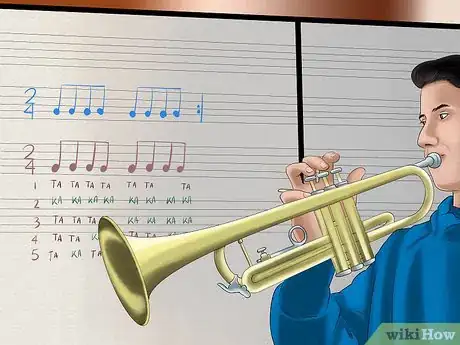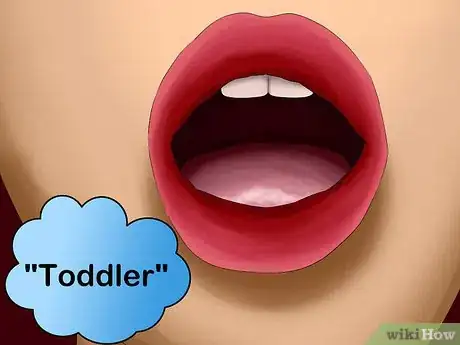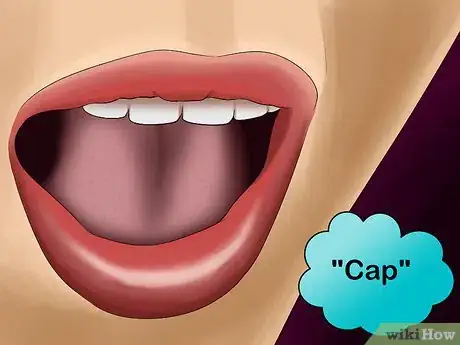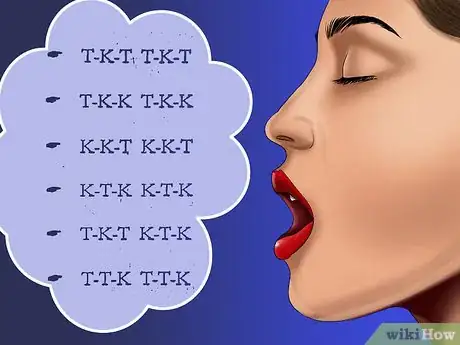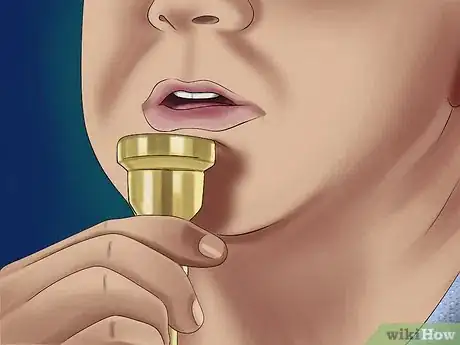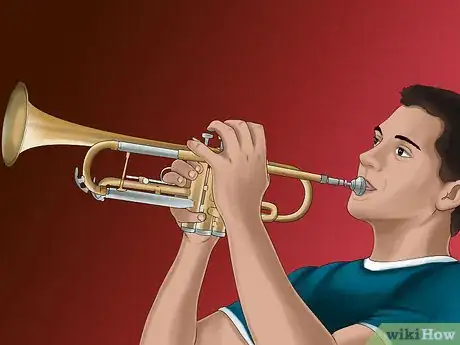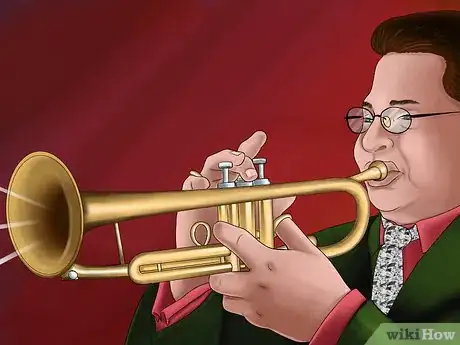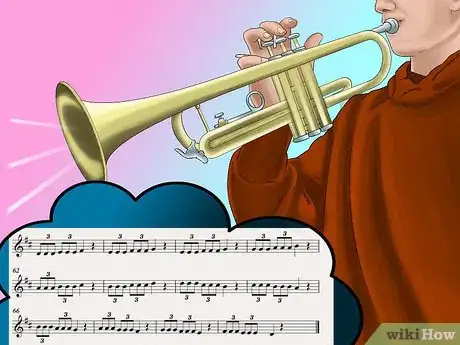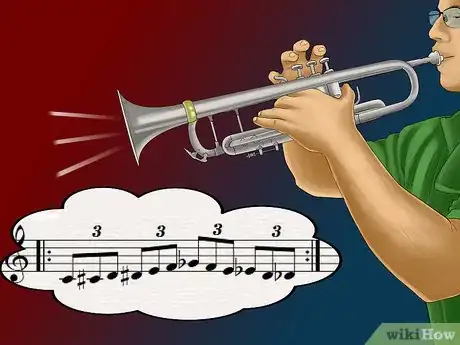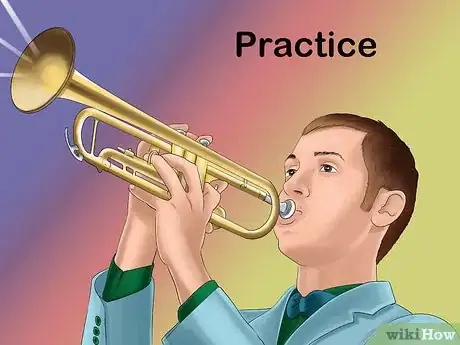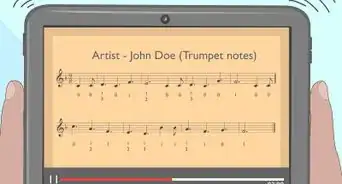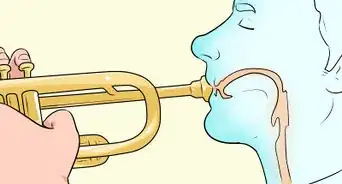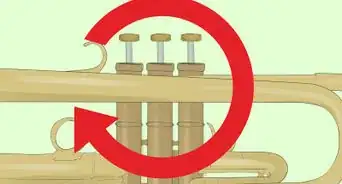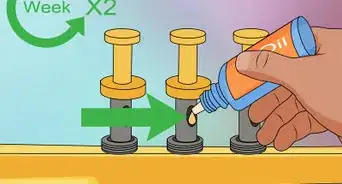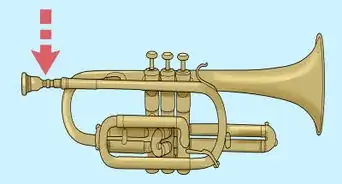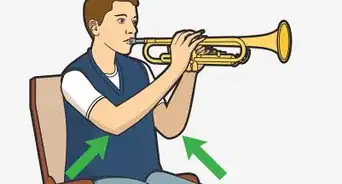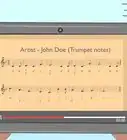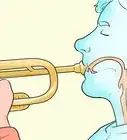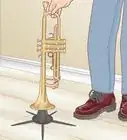X
wikiHow is a “wiki,” similar to Wikipedia, which means that many of our articles are co-written by multiple authors. To create this article, volunteer authors worked to edit and improve it over time.
This article has been viewed 27,587 times.
Learn more...
Triple tonguing is a technique used by wind musicians as a replacement for single tonguing, specifically in groups of three. In advanced music, triple tonguing becomes a necessity!
Steps
-
1Learn double tonguing before learning triple tonguing. Triple tonguing is similar in that it uses the same syllables as double tonguing so it is recommended to learn double tonguing first.
-
2Understand when to use the triple tongue technique. Triple tonguing is used when a wind musician is required to play a fast passage that is in groups of three. The triple tongue technique uses the same syllables as the double tongue technique: Ta-Ka, Da-Ga, Tu-Ku. The difference between triple tonguing and double tonguing is the way the syllables are used. When you triple tongue, you tongue at the front of your mouth twice, and the back once.Advertisement
-
3^ Triple Tonguing in the most popular form uses the syllables as Ta-Ta-Ka, or another popular method is Ta-Ka-Ta.
-
4Learn the Ta syllable. Practice the Ta sound by saying the word “toddler” (other hard T words may be used). Notice where your tongue is when saying the word. Other variations on this syllable are Da or Tu.
-
5Learn the Ka syllable. Practice the Ka sound by saying the word “Cup” (this sets up the tongue where is should be when you triple tongue). Other variations of this syllable are Ga or Ku.
-
6Group the syllables together. Slowly say the syllables in the form Ta-Ta-Ka. Be sure you are clearly articulating each syllable, and each syllable is the same length. Gradually pick up the tempo to the point where you are able to say a group of three syllables (Ta-Ta-Ka) at 100 beats per minute on a metronome.
-
7Vocalize the syllables in a different order. Following the chart above, vocalize these groups of three. Repeat each line on its own, as its own exercise several times. This will help you become very comfortable with the syllables. T represents a Ta, and K represents a Ka.
-
8Play on the mouthpiece. Begin on a mid-ranged note, between a low E and middle G. Play a long tone and slowly move your tongue to the Ta-Ta-Ka (or Ta-Ka-Ta) syllables. As this is the first time triple tonguing with your embouchure, begin slow and speed up with the metronome.
-
9Play on the trumpet. Use the same exercise that was used on the mouthpiece. Holding out a single mid ranged long note and adding in the groups of three syllables, gradually picking up the tempo.
-
10Expand your range. Practice the above exercise in multiple keys above and below. This exercise helps you work on your triple tonguing technique in the full range of the instrument.
-
11Change notes between triplets. Follow this exercise again in multiple keys. This exercise begins to change notes. This is the beginning of learning the coordination between your fingers and tongue.
-
12Switch notes during triplets. Practice this exercise. Playing a chromatic scale, where you switch notes every time you articulate. This takes lots of practice to line up the articulation with when your fingers change notes. Practice this exercise in many keys, changing the range.
-
13Practice. Being a musician, practice is key to success. Practicing these exercises will help build up the speed and endurance of your triple tongue. Even very advanced musicians practice triple tonguing to maintain his or her skill.
Advertisement
Things You'll Need
- Trumpet
- Mouthpiece
- Metronome
About This Article
Advertisement

